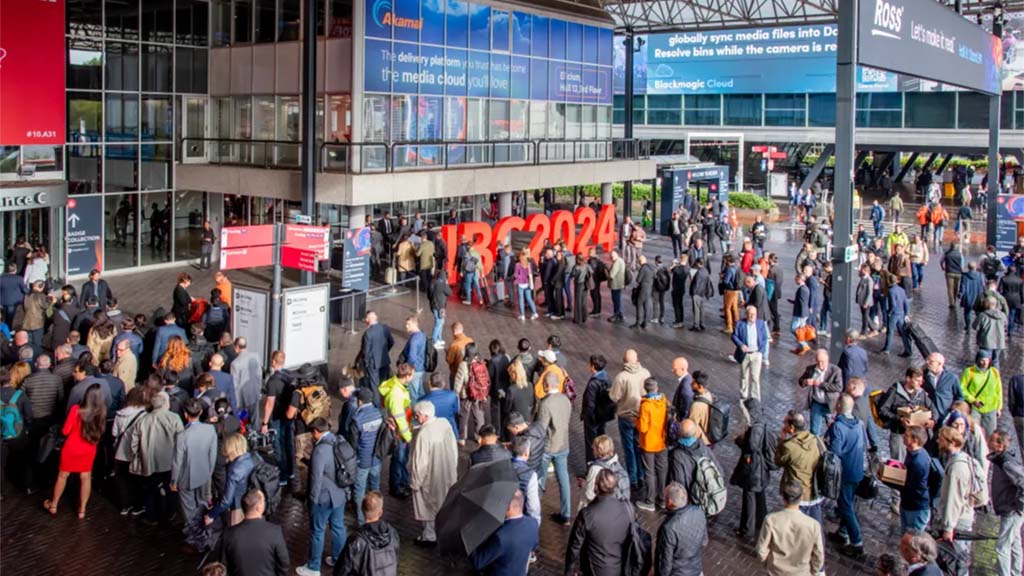FCC Gives Itself More Time to Consider BAS Deadline Extension
WASHINGTON: The FCC gave itself until tomorrow to decide whether to issue Sprint Nextel another extension of its deadline to move broadcast auxiliary operations out of the 2 GHz spectrum band. The original deadline was in Sept. 2007, but the job proved far more complicated than originally anticipated. The cell-phone provider won an extension to March 5, 2009, but it’s still not done retooling and retuning the newsgathering gear at hundreds of TV stations across the country. Sprint Nextel’s latest deadline extension request is February 2010.
TV Technologyreported last Tuesday that 45 percent of the U.S. population was covered by transitioned BAS services.
In its bimonthly report to the FCC, Sprint Nextel, which is paying to move affected BAS operations in the 2 GHz band, said relocations are complete 103 markets. Since the previous report filed two months ago, BAS licensees and Sprint Nextel have transitioned 15 additional markets covering 17 million more Americans, including residents of Puerto Rico and the U.S. Virgin Islands.
Moreover, 88 percent of the total BAS equipment has been delivered, with 75 percent of all BAS operators in the United States having received all of the control systems, mobile and fixed transmitters, connectors, cabling, transmission lines, antennas, decoders, modulators, central receive antennas and other elements of BAS systems that they need to relocate. In addition, 60 percent of broadcasters have already installed the new equipment that they ordered.
The largest market to transition during the past two months was the Miami/Ft. Lauderdale, Fla. market—No. 16--in April. That operation included 39 mobile trucks; 32 central receive sites; five fixed links; 18 studio master antenna control systems; four helicopters, 22 portable transmitters and 54 spares. Nearby, the West Palm Beach/Ft. Pierce market--with more than 1.9 million residents--also transitioned within the past two months.
The relocation of Puerto Rico, with 17 separate participants, ranked as one of the more diverse relocations to date, according to Sprint Nextel. Two installers relocated 12 of the participants, with one of the installers handling the tower sites and trucks for eight participants in less than two months. The rugged terrain proved a challenge for the crews to reach the transmitter sites. The main central receive site has four co-located stations, all of which were quickly installed by the same vendor.
Get the TV Tech Newsletter
The professional video industry's #1 source for news, trends and product and tech information. Sign up below.
